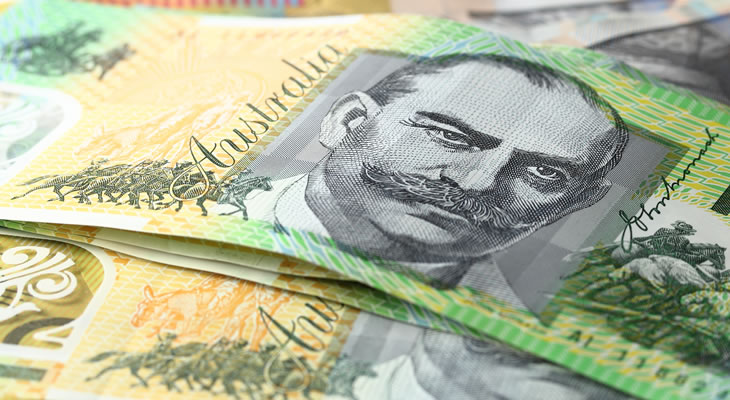Easing Consumer Price Inflation Bodes Poorly for BoE Policy Outlook – Pound (GBP) Exchange Rates Fall
Sterling traded lower against the Australian Dollar (GBP/AUD) on Wednesday, paring recent gains as markets reacted to a marked fall in British consumer price inflation.
According to the Office for National Statistics (ONS), inflation in the UK slipped from 2.7% to 2.5% year-on-year in March, missing the forecast that it would remain steady.
The monthly reading also disappointed, easing from 0.4% to 0.1%, whilst the core figure (excluding the prices of food and energy) also fell.
This marked the lowest that British inflation has fallen in over a year, and whilst this is good news for consumers, it still caused great concern amongst investors for its potential to push the Bank of England (BoE) away from a rate hike next month.
As a result, the GBP/AUD exchange fell significantly.
Australian Leading Index Loses Ground, Australian Dollar (AUD) Exchange Rates Unperturbed
Notable ecostats and the ‘Aussie’ Dollar’s performance today did little to effect its overall near-term outlook.
Australia’s Westpac-Melbourne Institute Leading Index – a measure of the likely pace of economic activity – was somewhat notable, dropping from 0.43% to -0.22% month-on-month in March.
This news was ineffective in harming the Australian Dollar, however, with AUD exchange rates supported by recent de-escalating tensions in Syria and China’s recent capitulation on trade.
Yesterday’s Chinese GDP readings offered little in the form of surprises, printing at 6.8% year-on-year in Q1 2018, though the quarter-on-quarter reading did ease slightly from 1.6% to 1.4%.
Moreover, the Reserve Bank of Australia’s (RBA) latest meeting minutes were also largely as markets expected, with the central bank sticking to their mantra of cautious optimism.
Because of this the outlook for the Australian Dollar is rather is rather tepid, with tomorrow’s Australian employment readings liable to cause greater movement for the currency.
Pound Australian Dollar (GBP/AUD) Exchange Rate Forecast: Aussie Employment in the Spotlight
Today might be a quiet data day for the Australian Dollar, but markets should have plenty to chew over tomorrow.
Perhaps most important will be the Australian unemployment rate, forecast to drop from 5.6% to 5.5%, followed by the change in full time employment readings (also for March) and the NAB business confidence reading for Q1.
In other news, the US Fed will be releasing its Beige Book on economic conditions soon, with Federal Open Market Committee (FOMC) members Bostic, Quarles and Dudley also all due to give speeches.
If these Fed Presidents sound hawkish on monetary policy – much like Fed President John Williams did yesterday –then the Australian Dollar could come under renewed pressure, with the US Dollar (USD) liable to siphon demand.
Looking ahead for Sterling, the market focus could soon shift to Brexit once more, with talks on the UK’s future relationship with the EU having officially resumed.
These talks are expected to be limited to a formal presentation on negotiating guidelines, however, so it is unlikely that anything big will result before the week’s end.
There is, nonetheless, the possibility that soundbites could influence the Pound, with a pessimistic outlook from EU leaders or UK negotiators liable to push Sterling off course and optimistic comments liable to give it a boost.


Comments are closed.